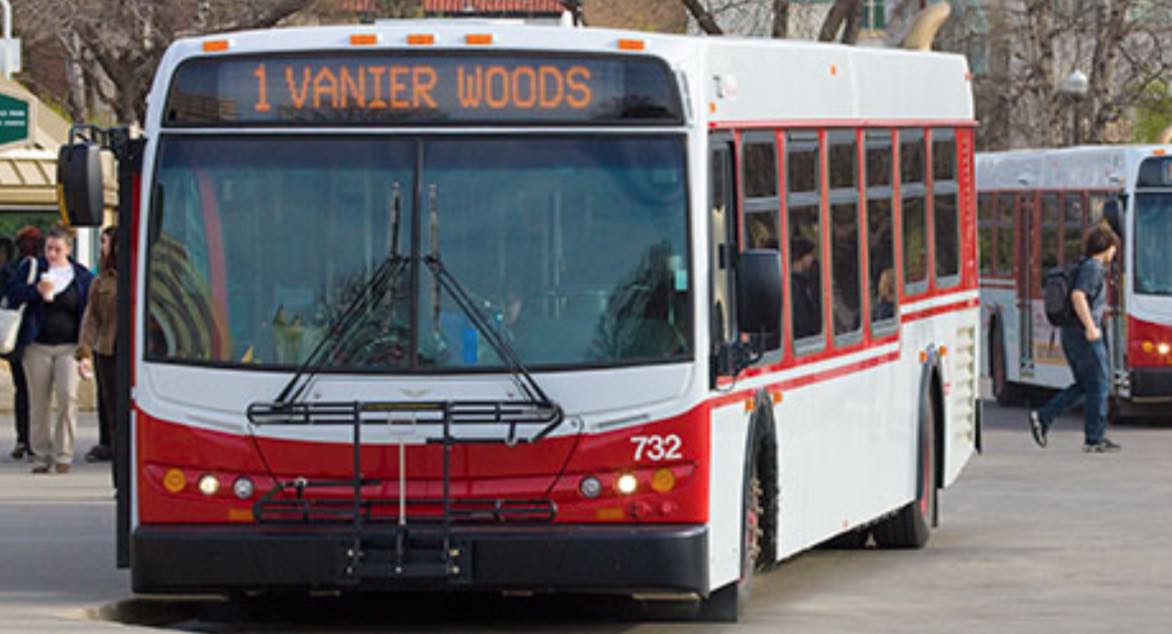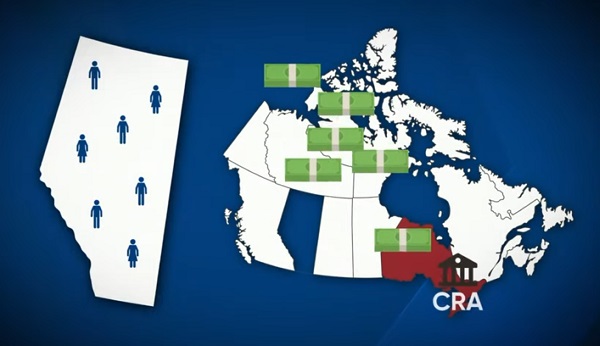Alberta
Province dropping covid mandates. Mandatory masking on public transit ends Wednesday

Alberta to lift remaining health restrictions
Alberta will take the final step in its plan to ease public health measures as the province moves past the Omicron BA.2 wave and COVID-19 hospitalizations continue to decline.
The rate of new hospitalizations has been declining since its peak on April 26, when there were 20.7 new COVID-19 admissions per day per million population. As of June 9, the weekly average of new hospitalizations rate was 6.6 per day per million population.
PCR test positivity and wastewater surveillance also show a continuing trend of declining COVID-19 transmission.
Effective June 14 at 11:59 p.m., Alberta will move to Step 3, which includes lifting mandatory masking on public transit and ending mandatory isolation, in common with British Columbia, Saskatchewan and Manitoba. Isolation will remain recommended for those with symptoms or a positive COVID-19 test.
Work is underway to prepare for the fall and winter respiratory virus season. This includes maintaining surveillance and testing programs and preparing to expand acute care surge capacity.
“We need to live with COVID-19 while accepting that it will continue to be present. We’ll continue to work to keep Albertans safe by ensuring access to vaccines, antivirals and rapid tests, through ongoing COVID-19 surveillance, and by enhancing health-care system capacity.”
“Learning to live with COVID-19 does not mean forgetting about it. As we bring COVID-19 management in line with other respiratory diseases, it will continue to be vital that we receive our primary vaccine series and any additional booster doses we are eligible for, and continue good habits like washing our hands regularly and avoiding being around others if we feel sick.”
Step 3 – measures remain in effect until June 14 at 11:59 p.m. As of 12 a.m. on June 15:
- Mandatory isolation becomes a recommendation only.
- Mandatory masking on public transit is lifted.
Masking and any other measures to protect patients in Alberta Health Services (AHS) and contracted health facilities will remain in place through AHS policy as required for infection prevention and control.
CMOH orders in continuing care will be rescinded by June 30 but some measures in continuing care settings will remain in place through standards and policy. This includes maintaining practices like isolation of symptomatic residents, outbreak protocols and masking.
COVID-19 vaccines
Vaccines are fundamental to Alberta’s ability to live with COVID-19. Albertans are encouraged to receive all doses they are eligible for.
Vaccines are readily available across the province on a walk-in basis. Appointments are also available through the Alberta Vaccine Booking System or by calling 811 or a participating pharmacy.
Rapid tests
Alberta continues to provide rapid tests at no cost. To find a location, visit alberta.ca/
Alberta
Temporary Alberta grid limit unlikely to dampen data centre investment, analyst says
From the Canadian Energy Centre
By Cody Ciona
‘Alberta has never seen this level and volume of load connection requests’
Billions of investment in new data centres is still expected in Alberta despite the province’s electric system operator placing a temporary limit on new large-load grid connections, said Carson Kearl, lead data centre analyst for Enverus Intelligence Research.
Kearl cited NVIDIA CEO Jensen Huang’s estimate from earlier this year that building a one-gigawatt data centre costs between US$60 billion and US$80 billion.
That implies the Alberta Electric System Operator (AESO)’s 1.2 gigawatt temporary limit would still allow for up to C$130 billion of investment.
“It’s got the potential to be extremely impactful to the Alberta power sector and economy,” Kearl said.
Importantly, data centre operators can potentially get around the temporary limit by ‘bringing their own power’ rather than drawing electricity from the existing grid.
In Alberta’s deregulated electricity market – the only one in Canada – large energy consumers like data centres can build the power supply they need by entering project agreements directly with electricity producers.
According to the AESO, there are 30 proposed data centre projects across the province.
The total requested power load for these projects is more than 16 gigawatts, roughly four gigawatts more than Alberta’s demand record in January 2024 during a severe cold snap.
For comparison, Edmonton’s load is around 1.4 gigawatts, the AESO said.
“Alberta has never seen this level and volume of load connection requests,” CEO Aaron Engen said in a statement.
“Because connecting all large loads seeking access would impair grid reliability, we established a limit that preserves system integrity while enabling timely data centre development in Alberta.”
As data centre projects come to the province, so do jobs and other economic benefits.
“You have all of the construction staff associated; electricians, engineers, plumbers, and HVAC people for all the cooling tech that are continuously working on a multi-year time horizon. In the construction phase there’s a lot of spend, and that is just generally good for the ecosystem,” said Kearl.
Investment in local power infrastructure also has long-term job implications for maintenance and upgrades, he said.
“Alberta is a really exciting place when it comes to building data centers,” said Beacon AI CEO Josh Schertzer on a recent ARC Energy Ideas podcast.
“It has really great access to natural gas, it does have some excess grid capacity that can be used in the short term, it’s got a great workforce, and it’s very business-friendly.”
The unaltered reproduction of this content is free of charge with attribution to the Canadian Energy Centre.
Alberta
Alberta Next: Taxation

A new video from the Alberta Next panel looks at whether Alberta should stop relying on Ottawa to collect our provincial income taxes. Quebec already does it, and Alberta already collects corporate taxes directly. Doing the same for personal income taxes could mean better tax policy, thousands of new jobs, and less federal interference. But it would take time, cost money, and require building new systems from the ground up.
-

 illegal immigration1 day ago
illegal immigration1 day agoICE raids California pot farm, uncovers illegal aliens and child labor
-

 Uncategorized13 hours ago
Uncategorized13 hours agoCNN’s Shock Climate Polling Data Reinforces Trump’s Energy Agenda
-

 Business2 days ago
Business2 days ago103 Conflicts and Counting Unprecedented Ethics Web of Prime Minister Mark Carney
-

 Energy1 day ago
Energy1 day agoLNG Export Marks Beginning Of Canadian Energy Independence
-

 Business1 day ago
Business1 day agoCarney government should apply lessons from 1990s in spending review
-

 Entertainment1 day ago
Entertainment1 day agoStudy finds 99% of late-night TV guests in 2025 have been liberal
-

 Frontier Centre for Public Policy13 hours ago
Frontier Centre for Public Policy13 hours agoCanada’s New Border Bill Spies On You, Not The Bad Guys
-

 Opinion5 hours ago
Opinion5 hours agoPreston Manning: Three Wise Men from the East, Again






